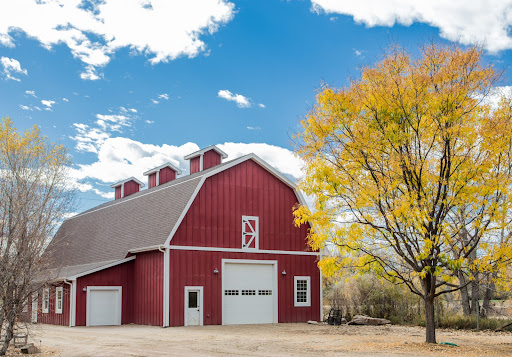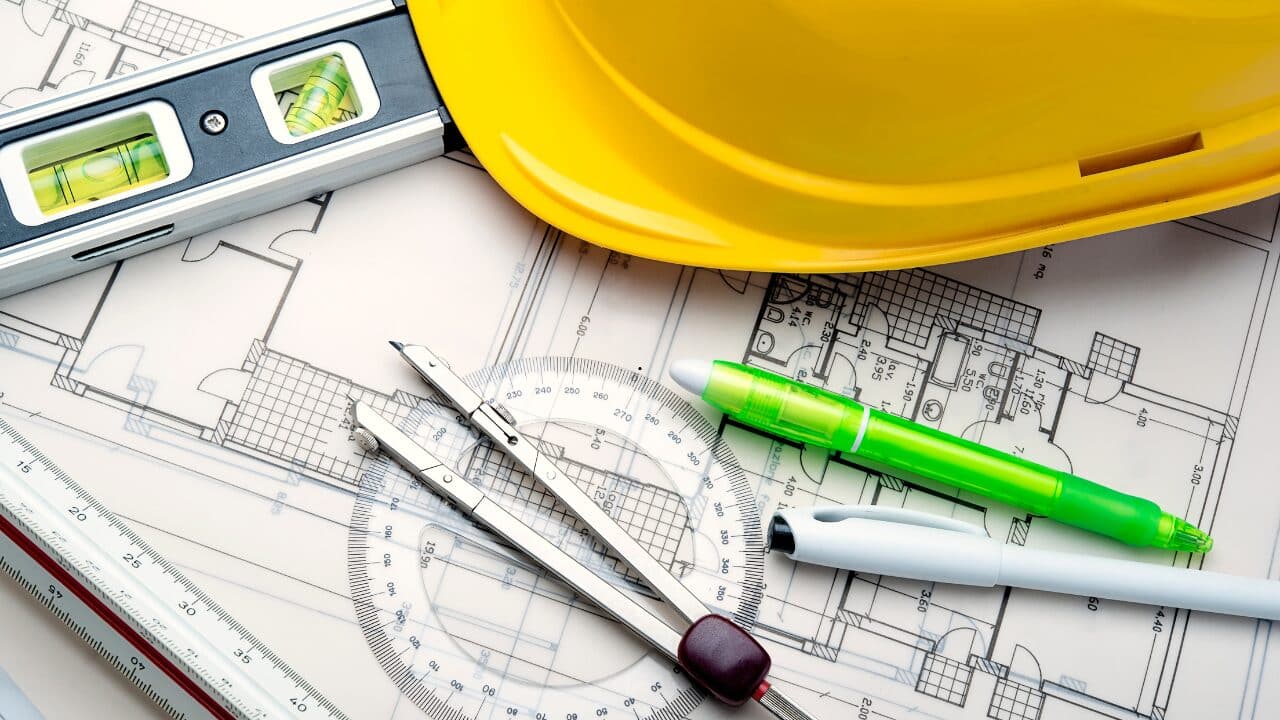Are you interested in building a barn? Building your own barn seems to be a popular undertaking these days. It can help solve your farm’s housing problems for many years to come.
However, there are common mistakes that you should avoid whenever you build a barn yourself. It’s always wise to know the potential mistakes when tackling any kind of construction project, especially one that could result in your own home.
Today, we’ll review these common construction mistakes to avoid when building a barn on your farm. We’ll also provide solutions for overcoming these problems.
So, keep reading!
Table of Contents
1. Inadequate Foundation Planning
When building a barn, inadequate foundation planning is one of the most common mistakes to avoid. Poor foundation planning can lead to structural problems in the long term, and it is essential to take into account the size and weight of the barn when planning the foundation.
It is important to dig deep enough into the barn layout, use adequate materials, and apply the correct reinforcement to ensure a firm and level foundation. Substandard grades of concrete or inferior concrete mixing should be avoided, as should cutting corners on labor costs in order to ensure a quality foundation every time.
A well-built barn starts with a solid foundation, so it is important to plan ahead and make sure adequate time, effort, and materials are used for foundation planning.
2. Poor Ventilation Strategies
If you’re wondering how the best farm and storage buildings are built, it is important to make sure that proper ventilation is included in the design.
Poor ventilation strategies can lead to a number of issues, including an increase in moisture within the barn, greater humidity, and the potential for stagnant air buildup.
Failing to take into account the plans for ventilation or the implementation of high-quality ventilation can lead to the cracking of the walls and ceiling of the barn, mold growth, and unhealthy air.
Ventilation strategies should include adequate building insulation to support temperature regulation, efficient ventilation systems, and stratification to ensure that fresh air is adequately entering and exiting the barn.
3. Overlooking Building Permits
A commonly overlooked aspect when building a barn is ensuring all the necessary permits have been properly obtained from the local municipal office.
Without them, the construction process can come to a screeching halt as townships and zoning boards reserve the right to shut down any product or project in violation of established laws. It is important, then, to research local regulations and requirements, and to strive to stay within the confines of them.
4. Ignoring Recommended Building Materials
When constructing a barn, it is important to research and obtain the recommended building materials. Building materials not specifically designed for barns can be weaker and more prone to damage from environmental elements, such as wind and rain.
For instance, some materials are more durable against moisture buildup and decay, while others may lack certain safety features such as fire retardants.
Learn More About Building a Barn Now
When building a barn, be sure to consider the size, perfect your foundation, consider the risks, and account for the costs. Doing so will set you up for success, avoiding common mistakes that can be costly.
Building a barn should be a rewarding experience, so make sure to take the right steps and enjoy the process!
Did you find this article helpful? Check out the rest of our blogs!





